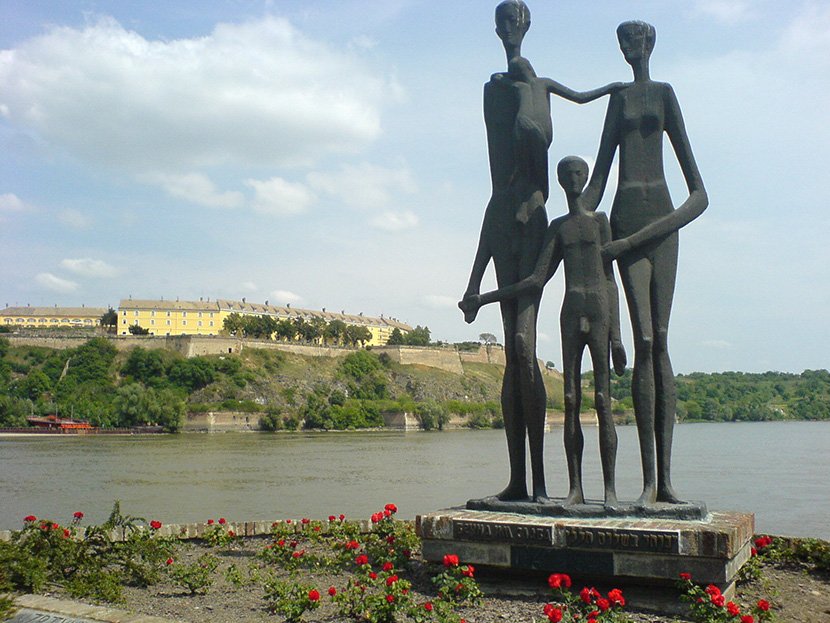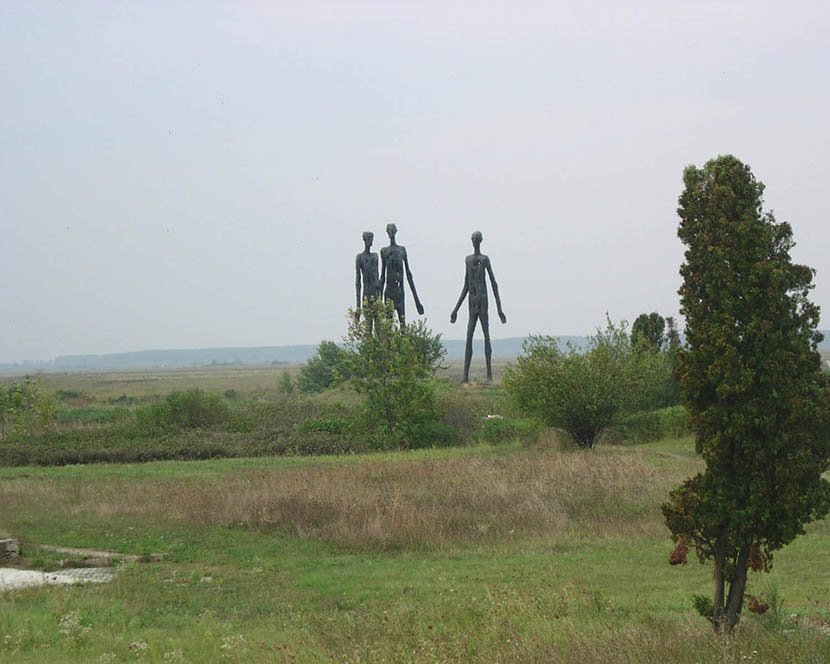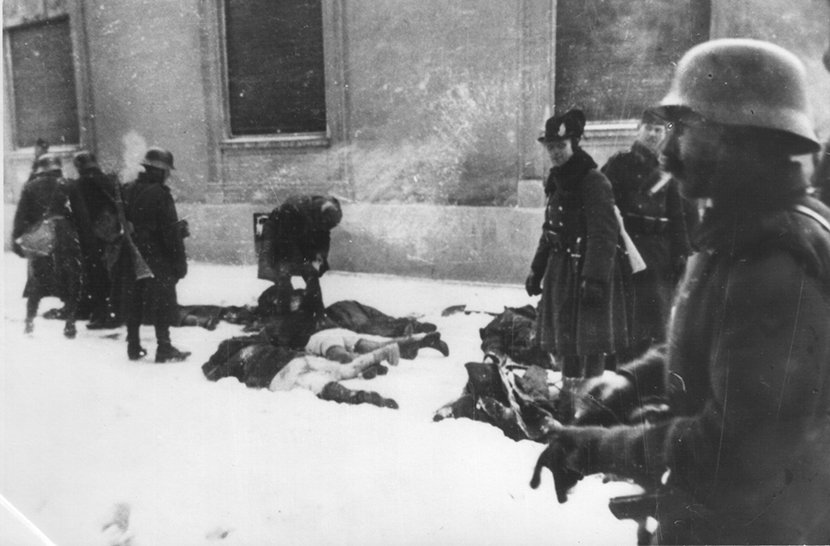Blood flowed in Danube near Novi Sad: Whole families were massacred, 1,300 people were killed
The raid was carried out in Novi Sad on (Orthodox) Christmas Day, and from January 21 to January 23, 1942, in the settlements of Sajkaska - Curug, Gospodjinci, Sajkas, Djurdjev, Mosorin, Titel, Lok, Gardinovci, Vilovo, Zabalj, as well as in the towns of Becej, Srbobran and Temerin
On this day 78 years ago, a crime known as the "Novi Sad Raid" was committed by Hungarian fascists who killed and threw 1,300 Jews, Serbs, and Romani under the Danube ice in Novi Sad. A total of about 4,500 people disappeared in the pogrom in a month.
The raid in southern Backa is the name for the pogrom that Horthy's Hungarian fascists carried out against Serbs and Jews in this region of orthern Serbia during World War II.
The raid was conducted in Novi Sad on (Orthodox) Christmas Day, and from January 21 to January 23, 1942, in the settlements of Sajkaska - Curug, Gospodjinci, Sajkas, Djurdjev, Mosorin, Titel, Lok, Gardinovci, Vilovo, Zabalj, as well as in the towns of Becej, Srbobran and Temerin.
During the three days of the raid in Novi Sad, more than 1,300 residents disappeared in Danube's waters. The total number of those missing during the pogrom is about 4,500. In addition to Serbs and Jews, a number of members of other ethnic groups, mostly Romanis, were also killed in the raid.
The raid began in Sajkaska (4-19 January), continued in Novi Sad (21-23 January), and ended in Becej (25-29 January).
The alleged cause for this larger-scale pogrom carried out by the occupying forces was found in a concealed Sajkaska Partisan (resistance) detachment in Zabalj Rit on Pustajic's farm. 17 rifles were found i possession of this group.

The detachment was discovered on January 4, 1942 by a patrol of the Hungarian gendarmerie and border guards, who attacked them. In self-defense, the Sajkaska patriots killed two border guards and two gendarmes and wounded several others.
A large force completely destroyed this detachment on the same day, January 4, 1942. The official clique declared this event as "an uprising."
The Hungarian occupation authorities used this minor incident to continue implementing their policy in Backa. The real aim of the raid was an ethnic cleansing campaign against Serb and Jewish civilians (including women, children and the elderly), as well as the looting of their property.

According to historian Zvonimir Golubovic, the raid was planned much earlier and the attack on the partisans in Sajkaska was merely used as an excuse to carry out the planned genocide.
A monument named "Family" is now located on the bank of the Danube, in Novi Sad's Quay of the Victims of the Raid, which is dedicated to the innocent victims of the Novi Sad massacre.
(Telegraf.rs)
Telegraf.rs zadržava sva prava nad sadržajem. Za preuzimanje sadržaja pogledajte uputstva na stranici Uslovi korišćenja.





